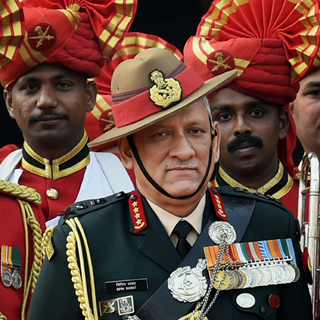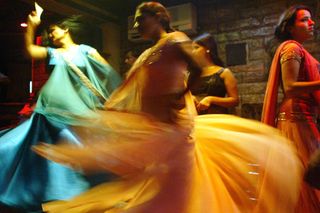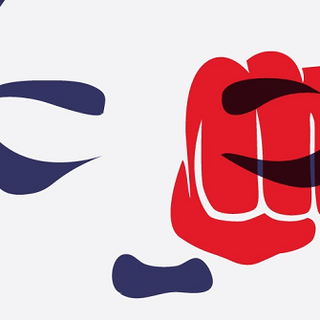
SC Ruling on MH Dance Bars Latest in Long History of Policing Women to Regulate Men
“Not one bar girl was consulted before drafting these guidelines.”

In the four years since I started reporting on it, nearly every single woman I have met from Mumbai’s dance bar industry has asked me one question: why can’t the government ask us what we want?
That question lies at the heart of the 13-year-old row over dance bars. On 17 January, the Supreme Court ordered for these bars to be allowed to operate.
Ever since it banned these bars in August 2005, the Maharashtra government has dished out numerous reasons to convince the courts why such bars must go.
Most often, these concerns have invoked the women working there, who numbered 75,000 when the ban took force.
Initially, the government said that the women were being trafficked. Later, it said that the bars were forcing women to dance obscenely, and the women were being degraded. More recently, it objected to the practice of patrons tipping the women dancers.
Amidst all this, the government has not once asked these women what they would want. The government has alternated between labelling these women victim and perpetrator and has refused to consult with them. In the battle over their own future, these women, ironically, find themselves rendered voiceless, their agency denied.
In its very act of constantly believing that it knows what is in the interest of women, better than the women themselves, the State has reinforced its patriarchy.
Policing women to regulate men
Varsha Kale concurs. Kale, a social activist, organised these workers over a decade ago to form the Bharatiya Bar Girls’ Union, a petitioner in the Supreme Court litigation. Kale says that of the 25-point government guidelines that her union had challenged before the Court, 16 were related to women dancers, whereas only nine looked at the owner’s responsibility. “And yet, not one bar girl was consulted before drafting these guidelines.”
The ill-effects of this lack of consultation are glaringly obvious. Over the years, the government has announced various “welfare” measures for these women dancers. However, all of them have been woefully out of touch with their aspirations.
These bars operate on a system of tips and salaries. Women get either a share of the tips and a monthly pay, or simply a share of the tips.
The State called this exploitation and said that patrons must not be allowed to tip them. Instead, it proposed that the women must get fixed salaries, not realising that women are bitterly opposed to such a plan.
Most women consider the job to be highly individualistic — their earnings depend on their skill in charming and flirtatiously convincing patrons to shower them with tips. Dancers argue that giving them a fixed pay would cap their earnings.
Industry veterans recount how women in 1997 went on strike after the owners started giving them a fixed monthly pay.
Similarly, the State has also restricted the timing of these bars till 11.30 pm, citing the safety of female employees on their journeys home. Kale and her members, however, maintain that they want the bar timings to be extended till at least 1.30 am, so that more people can find the time to come to the bars.
The denial of agency, and the glaring disconnect between the government’s measures and the women’s aspirations, underline a key fact: the ban on these bars was not about the women. It was always about the men.
Related on The Swaddle:
The Night Shift: A Podcast Series About Women Who Go to Work After Dark
Even officially, one key reason why the State government banned the bars in 2005 was that legislators, cutting across party lines, complained that the rise of these bars had led to an addiction among men to patronise them.
Smita Patil, the daughter of former deputy chief minister RR Patil, who was widely touted to be the architect of the ban, disclosed to the media hours after this week’s verdict that her father mulled the ban after hearing stories of men who stole money and sought loans in order to frequent dance bars, ignoring their families in the process.
For the State, dance bars also represented another idea. Since the demise of the nautch performances in the early 20th century, the rise of dance bars marked the first major attempt at mainstreaming female erotic dancing in semi-public spaces. Such an expression of women’s sexuality was in open defiance of the idea that the State can regulate public morality. That women were asserting themselves, confidently strutting their bodies and gaining financial independence, were seen as signs of moral bankruptcy.
Unsurprisingly, the State wasn’t a fan.
History repeats itself
What many don’t realise is that these sustained efforts by the State to prohibit such expression of women’s sexuality have precedence in India’s colonial history.
Till the early 20th century, dance performances by erotic female dancers remained a popular form of entertainment, be it the more elite, private mujra performances, or the public nautch performances. However, an elaborate campaign by the colonial state to oppose such erotic dancing meant that these dancers started getting categorised and shamed as sex workers; viewing their performances became a societal taboo.
Like now, the State, then, created societal pressure on these performances by painting them as social evils and harmful to public morality.
Then as now, the campaign against them would rely on fiction to mobilise support. For instance, in the early 20th century, the campaign against nautch warned people of loss of wealth and ill health from viewing the performances.
More than a century later, the Maharashtra government falls back on eerily similar rhetoric.
Kunal Purohit is an independent journalist, writing on politics, gender, development, migration and the intersections between them. He is an SOAS alumnus. He has previously written for the Hindustan Times, The Times of India, and The Wire, among other publications. He tweets at @kunalpurohit.
Related


“The Refugee Definition Was Not Designed With the Experiences of Women in Mind”
